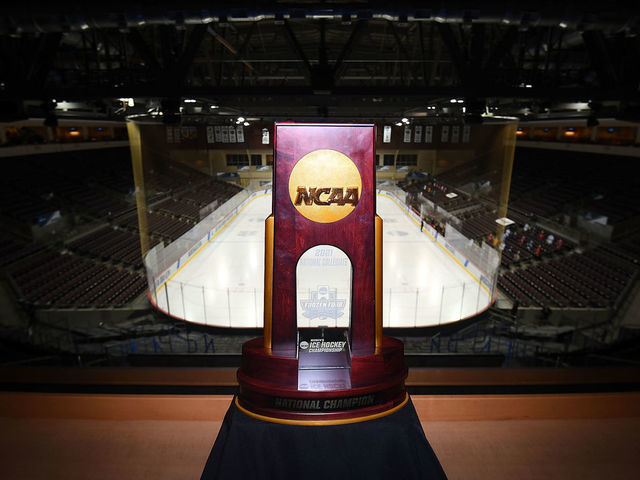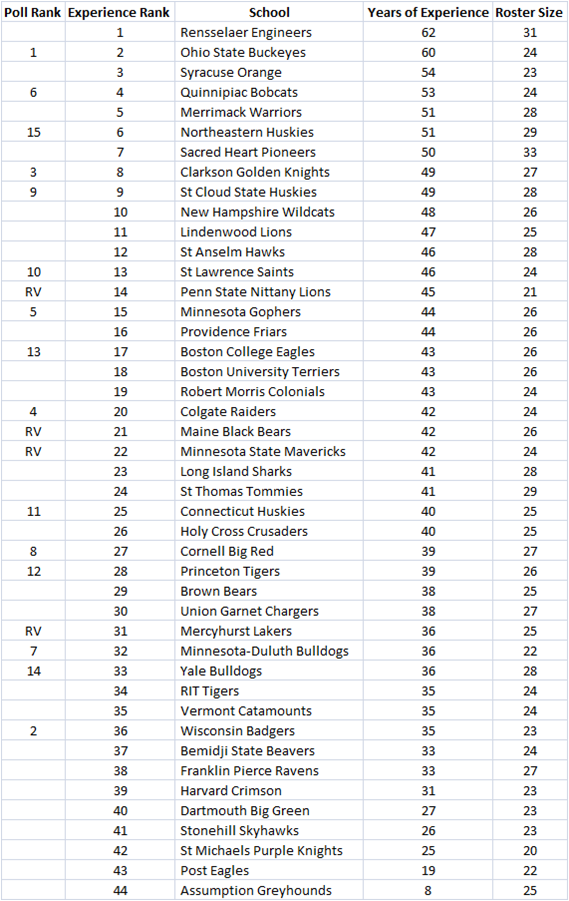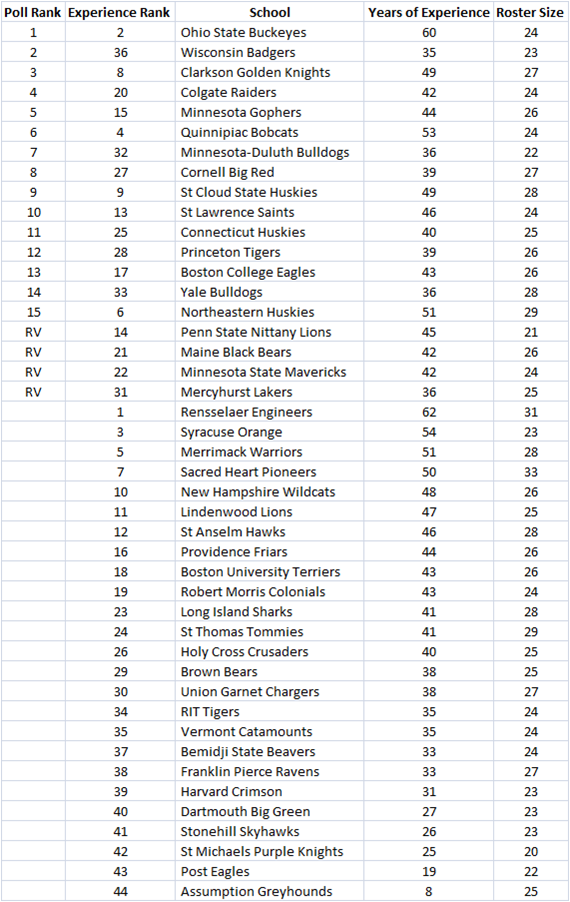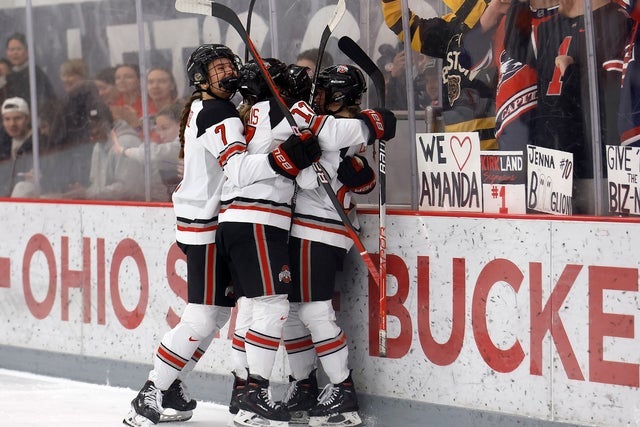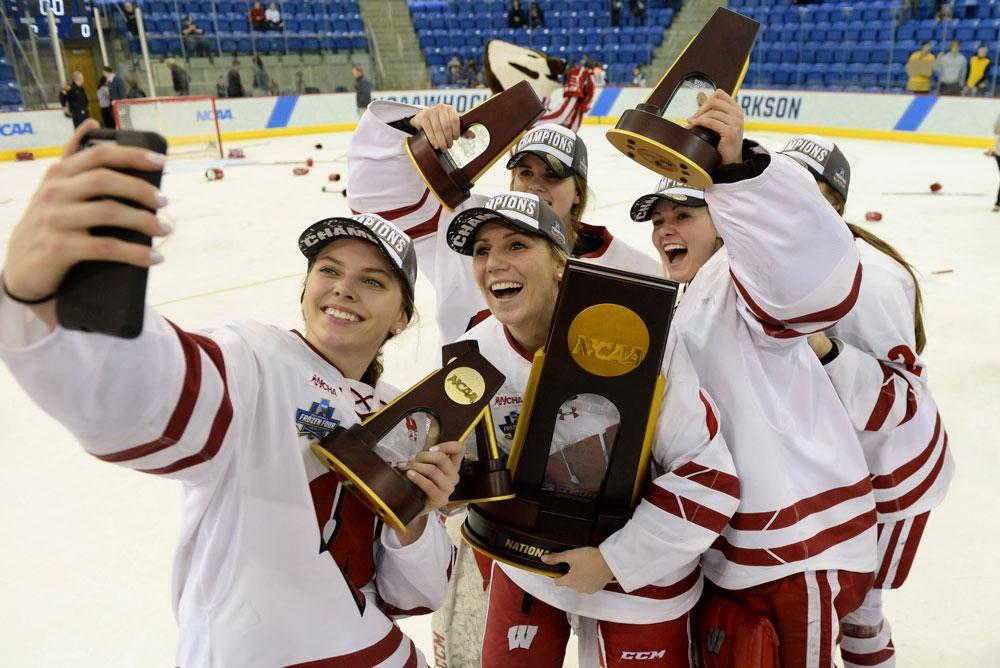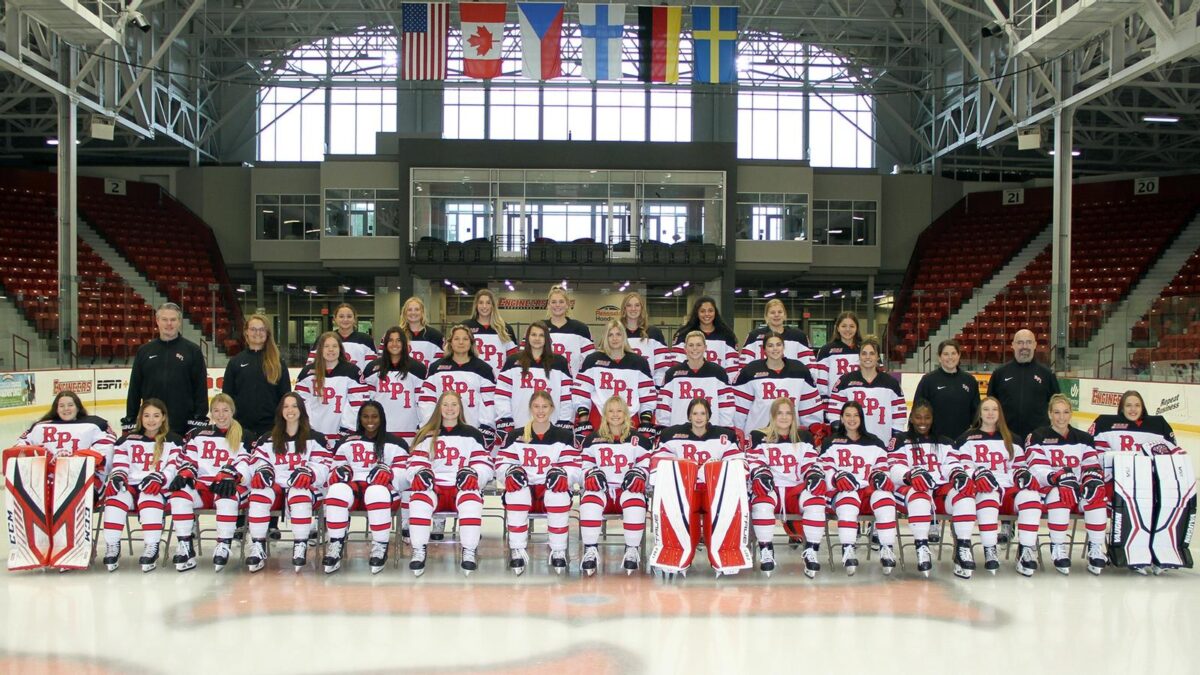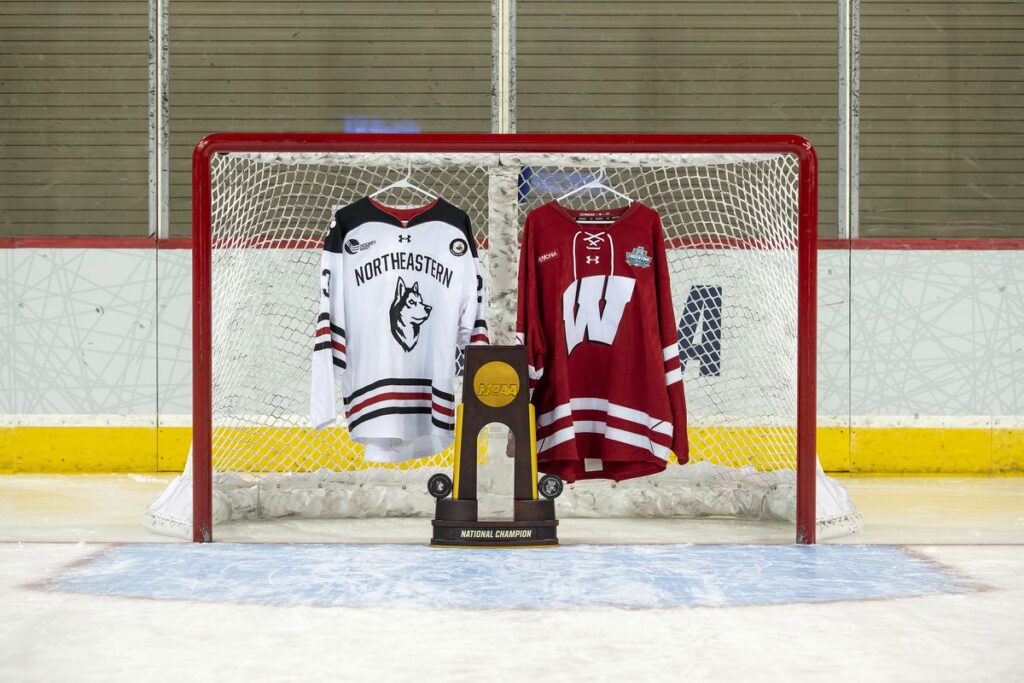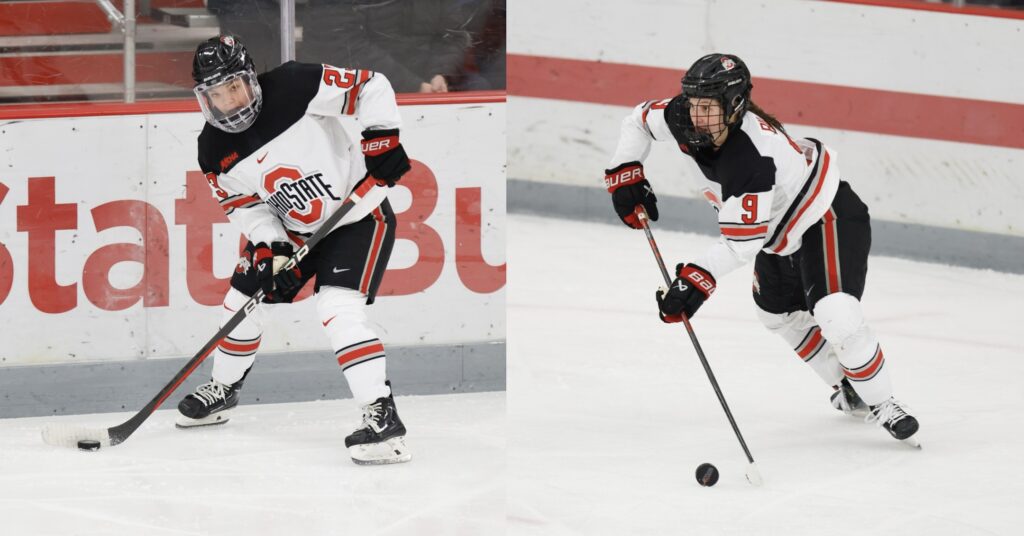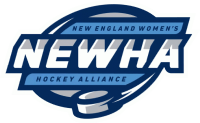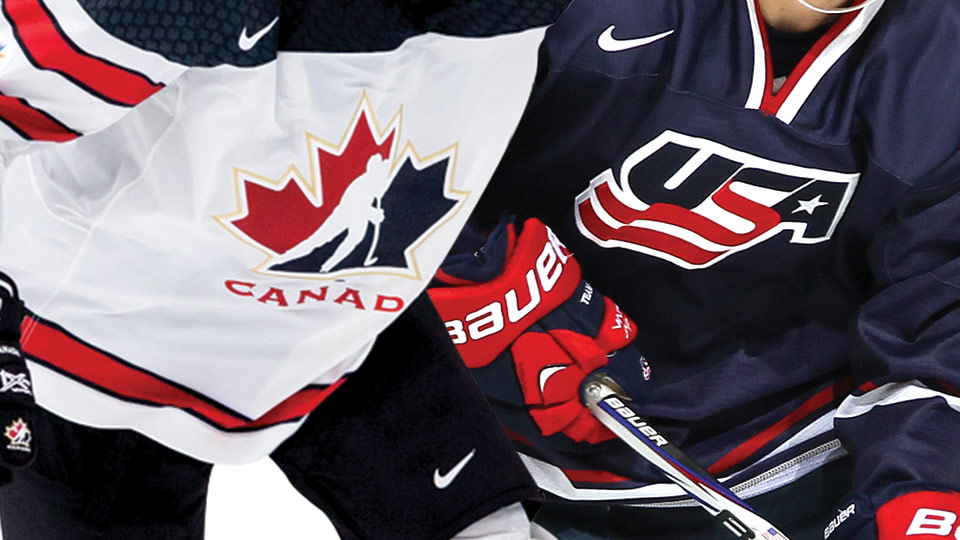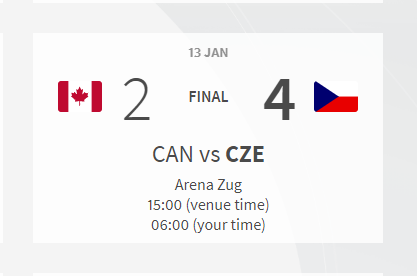
Last week, I re-watched the Canada vs Czechia IIHF U18 Women’s World Championship semi-final game. Czechia won the game 4-2 after losing to Canada in the Group A game 8-1. I noticed that two of the Czechia goals were a direct result of major mistakes by the Canadian defenders. I then saw that the shots on goal were heavily in favor of the Canadians when the score was 3-2 at about 43-11 (ended up being 47-12 for Canada).
This got me thinking, how could Canada lose a game that they so clearly dominated in terms of offensive opportunities?
Two thoughts came to mind:
- Czechia did an amazing job learning from their group game with Canada and played a defensive structure which minimized Canada’s high risk chances. Czechia then capitalized on the few opportunities they had to score.
- Similar to my observations about the USA Hockey U18 selection process, Canada probably puts a bigger emphasis on fielding a team with offensive D than well-balanced defenders. As a result, a couple of defensive mistakes cost them the game.
This is just my hypothesis, I could be completely wrong. And let me be clear, any player that makes the Canada or U.S. U18 teams are exceptional players. They can all skate well, pass well and shoot well. There is no doubt each of them deserved to be on the team. But maybe, they are too similar in their skill set?
When it comes to roster construction, sometimes you need to include one or two 200-foot players to complement the more offensive players. Specifically, there are usually tradeoffs between a great puck handling D with a hard shot vs. someone who is technically better at 2-on-1s, clearing players in front of the net, playing the penalty kill or defending 1-on-1 zone entries. An analogy would be having 7 Erik Karlssons playing defense for a single team – at some point in important games against good teams there will be times you need the D to keep the puck out of your own net. Once again, this is not to say that those highly skilled U18 players aren’t good defenders, but when they go up against the top 2 or 3 forwards on a national team, they will also need to be technically strong on defense.
Let’s look at some data to support why I can understand how a coaching staff would put together a roster with so much offensive power at the U18 level.
2023 IIHF U18 World Champsionship Shot Totals

Canada outshot their opponent by a 6:1 ratio throughout the tournament. They also had over 40 shots per game. I would suspect they felt the team could outscore all opponents as long they didn’t have any major defensive hiccups.
Of course, you are probably asking – weren’t they planning to play the U.S.? Like all Canadian teams, they probably expected and planned to play the U.S. at some point – likely in the gold medal game (given the new format of A/B group play this year, they wouldn’t play each other in group games). So Canada would still need to be prepared to play a high-powered offensive USA Hockey team.
Then I looked at the shot total for the 2023 Under-18 Series which took place in Lake Place between the Canada and USA. Team Canada swept all 3 games against the U.S. team by a combined score of 15-3. Here were the shot totals:
uSA Canada u18 Summer Series SHot Totals

A couple of possible reasons for Canada to justify having highly offensive defenders… Either the felt they could still outscore Team USA and defend well enough to beat them. Or, maybe their D were never tested enough in the USA-Canada Series to expose some of the technical weaknesses against world-class scorers.
So what?
During my experience attending and analyzing multiple USA Hockey camps/events, I have felt that the players being selected have had their offensive abilities overly weighted in the evaluation process. Now, I am fully onboard with most of the high-end, offensive D being the ones being picked. However, including one or two defenders who can also keep the puck out of your own net at critical points of an important game can be the difference between winning and losing in the medal rounds. Having a little more balance on the blue line could be the difference between winning and losing in big games.

